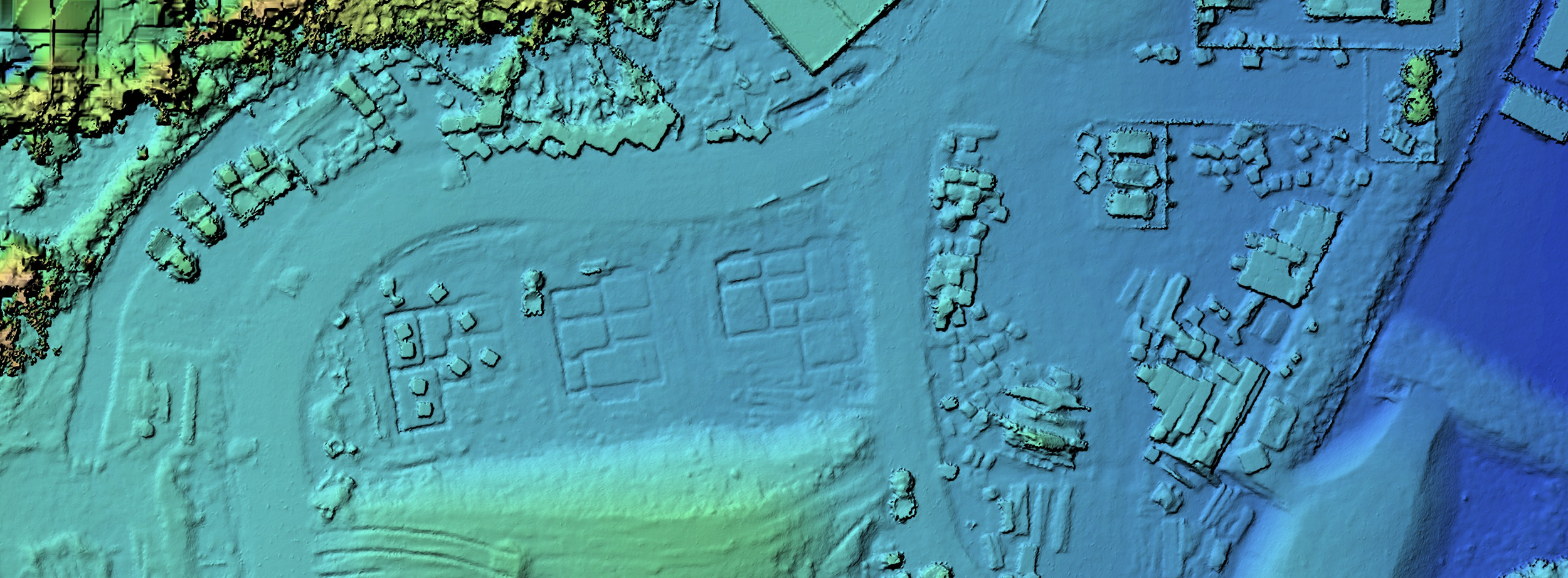
Digital Surface Models
Drone Photogrammetry Digital Surface Models
Digital Surface Models
Digital surface models (DSMs) are another important output generated by drone mapping surveys on construction sites. A DSM is a digital representation of the topography of the construction site, which includes both natural and man-made features such as hills, valleys, buildings, and infrastructure. DSMs are created using the same images used to generate orthomosaic maps and 3D models, but with additional software processing to create a 3D model of the terrain.
One of the primary benefits of DSMs is that they provide a comprehensive view of the site's topography. This information can be used to identify potential issues or hazards that may be difficult to detect from other outputs, such as areas of the site that are prone to flooding, landslides, or erosion. This information can be used to inform the design and construction of infrastructure and buildings on the site, to ensure that they are built to withstand potential natural hazards.
DSMs can also be used to plan and optimise the placement of infrastructure and buildings on the site. For example, construction professionals can use DSMs to identify areas of the site that are suitable for building foundations or to plan the placement of roads and other infrastructure. DSMs can also be used to identify areas of the site that are unsuitable for development, such as areas with steep slopes or other features that make construction difficult or unsafe.
Another important use of DSMs is in the planning of environmental mitigation measures. Construction activities can have a significant impact on the natural environment, and DSMs can be used to identify areas of the site that are particularly sensitive or ecologically important. This information can be used to plan and implement measures to protect these areas during construction activities, minimising the impact of construction on the natural environment.
DSMs can also be used to monitor changes to the site over time. For example, construction professionals can use DSMs taken at different stages of the project to identify areas where erosion or other changes to the topography have occurred. This information can be used to plan and implement measures to mitigate the impact of these changes on the site.
Overall, DSMs are a powerful tool for construction professionals, providing a detailed and comprehensive view of the site's topography in three dimensions. By using DSMs to plan, monitor, and optimise construction activities, construction professionals can ensure that their projects are executed safely, efficiently, and in an environmentally responsible manner.
